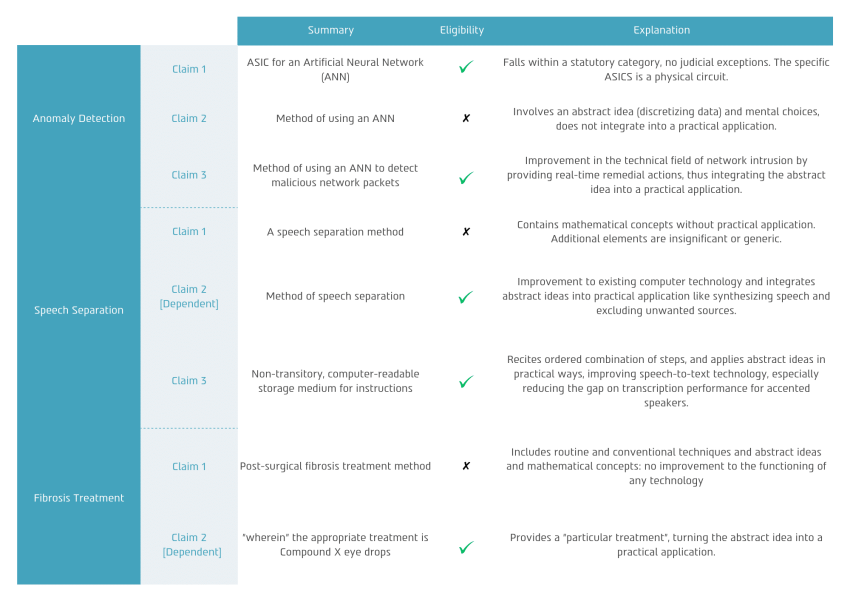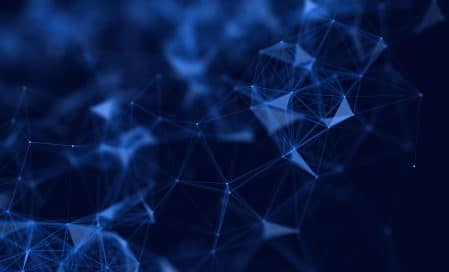US Patent Office Updates Guidelines for AI-Related Inventions – What You Need to Know About AI Patent Eligibility
The United States Patent and Trademark Office (USPTO) has issued a third guidance for Artificial Intelligence (AI)-related patent applications, which took effect on July 17, 2024.
The aim of this guidance is to directly address the patentability of emerging technologies (ET) and clarify that AI inventions are not automatically considered abstract ideas and therefore unpatentable. Instead, using the Alice/Mayo examination framework, the guidelines analyze in detail three separate illustrative examples of hypothetical claims and clarify that if a claimed AI invention includes a technical solution to a technical problem, its subject matter could be patent eligible. Echoing the inventorship guidance from February 2024, the key requirement remains that a human must make a significant contribution to the claimed invention.
Summary of Examples Examined:
These guidelines assist companies involved in AI development and AI related inventions by providing clearer rules for evaluating patent eligibility and IP protection strategies. AI-related claims are often seen as abstract ideas, which are not patentable. Therefore, when drafting AI invention claims, it is crucial to demonstrate real technological improvements and specific solutions to problems. The guidelines and examples can serve as useful templates for obtaining patent protection for AI technologies.
Key Takeaway: The USPTO’s new guidelines offer more detailed instructions for evaluating AI-related patent claims. The fundamental requirement remains that the claimed invention must present a technical solution to a technical problem to be patent-eligible.












